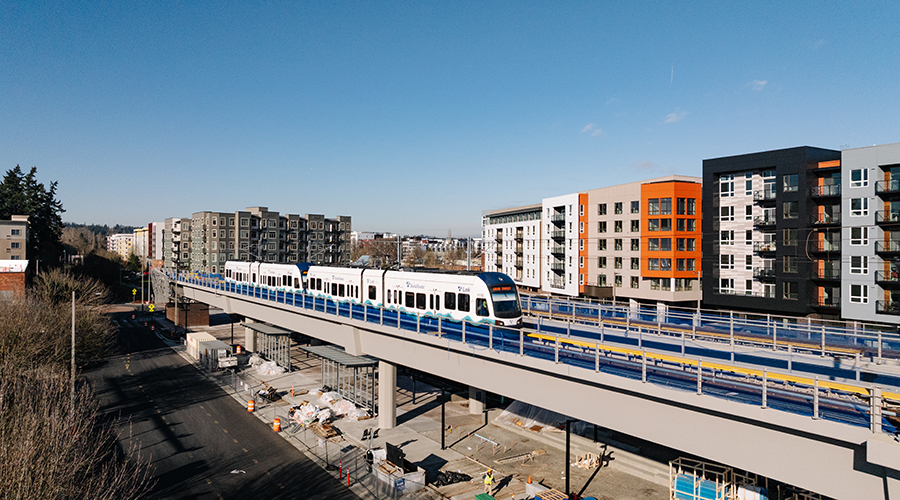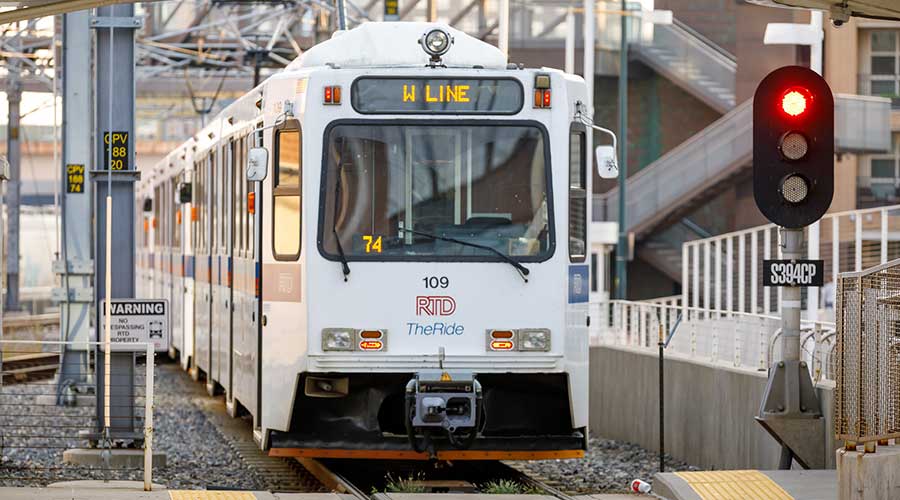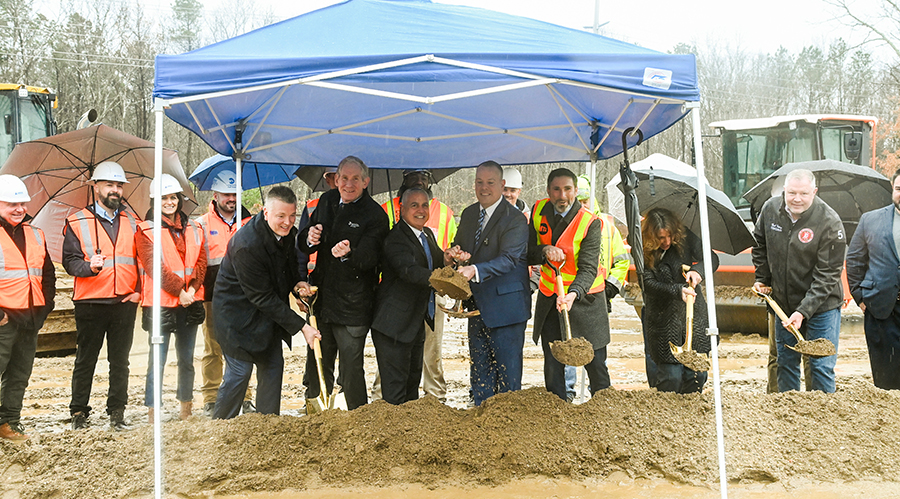Newsletter Sign Up
Stay updated on news, articles and information for the rail industry
Stay updated on news, articles and information for the rail industry
Rail News Home
Rail Industry Trends
Rail News: Rail Industry Trends
6/8/2011
Rail News: Rail Industry Trends
AAR report: U.S. roads ramped up carloads, workforce in May
advertisement
In May, U.S. carloads increased 0.5 percent to 1.16 million units and intermodal volume rose 7.5 percent to 932,956 units compared with May 2010 totals, according to the Association of American Railroads’ (AAR) latest “Rail Time Indicators” report.
Intermodal traffic increased for the 18th straight month and the weekly average of 233,239 units ranked as the second-highest May average on record, the report states.
“The gains in intermodal can be attributed to several factors, including growing international trade, better service, large investments in infrastructure and equipment by railroad companies, fuel costs, highway congestion and truck driver shortages, and the conversion of box-car traffic,” AAR officials said in the report. “Looking further at the import and export commodities, ‘big box’ retailers dominate intermodal container imports while recycled paper, scrap materials and chemicals dominate container exports.”
On a seasonally adjusted basis, May carloads were flat and intermodal volume inched up 0.8 percent vs. April figures. Eight of 20 commodity categories registered year-over-year gains, led by metallic ores, up 17.6 percent; grain, up 16.3 percent; and chemicals, up 4.1 percent. Waste and non-ferrous scrap carloads tumbled 16 percent, non-metallic mineral carloads dropped 11.5 percent and coal carloads declined 1.8 percent.
“Like other national indicators, rail traffic reflects a degree of uncertainty regarding the direction of the economy,” said AAR Senior Vice President John Gray. “Railroads join everyone else in hoping current trends are just a bump in the road rather than a portent of things to come.”
Also in May, U.S. Class Is added 935 workers, increasing total Class I employment to 156,777, according to the report.
Intermodal traffic increased for the 18th straight month and the weekly average of 233,239 units ranked as the second-highest May average on record, the report states.
“The gains in intermodal can be attributed to several factors, including growing international trade, better service, large investments in infrastructure and equipment by railroad companies, fuel costs, highway congestion and truck driver shortages, and the conversion of box-car traffic,” AAR officials said in the report. “Looking further at the import and export commodities, ‘big box’ retailers dominate intermodal container imports while recycled paper, scrap materials and chemicals dominate container exports.”
On a seasonally adjusted basis, May carloads were flat and intermodal volume inched up 0.8 percent vs. April figures. Eight of 20 commodity categories registered year-over-year gains, led by metallic ores, up 17.6 percent; grain, up 16.3 percent; and chemicals, up 4.1 percent. Waste and non-ferrous scrap carloads tumbled 16 percent, non-metallic mineral carloads dropped 11.5 percent and coal carloads declined 1.8 percent.
“Like other national indicators, rail traffic reflects a degree of uncertainty regarding the direction of the economy,” said AAR Senior Vice President John Gray. “Railroads join everyone else in hoping current trends are just a bump in the road rather than a portent of things to come.”
Also in May, U.S. Class Is added 935 workers, increasing total Class I employment to 156,777, according to the report.


 LRW Honors Amtrak’s Acheson As Railway Woman Of The Year
LRW Honors Amtrak’s Acheson As Railway Woman Of The Year
 From Editor-In-Chief Foran: Of Gender Equity And Inclusion
From Editor-In-Chief Foran: Of Gender Equity And Inclusion
 Spotlight On Some Of Today’s Rail Safety Products
Spotlight On Some Of Today’s Rail Safety Products
 Women of Influence in Rail eBook
Women of Influence in Rail eBook
 railPrime
railPrime








